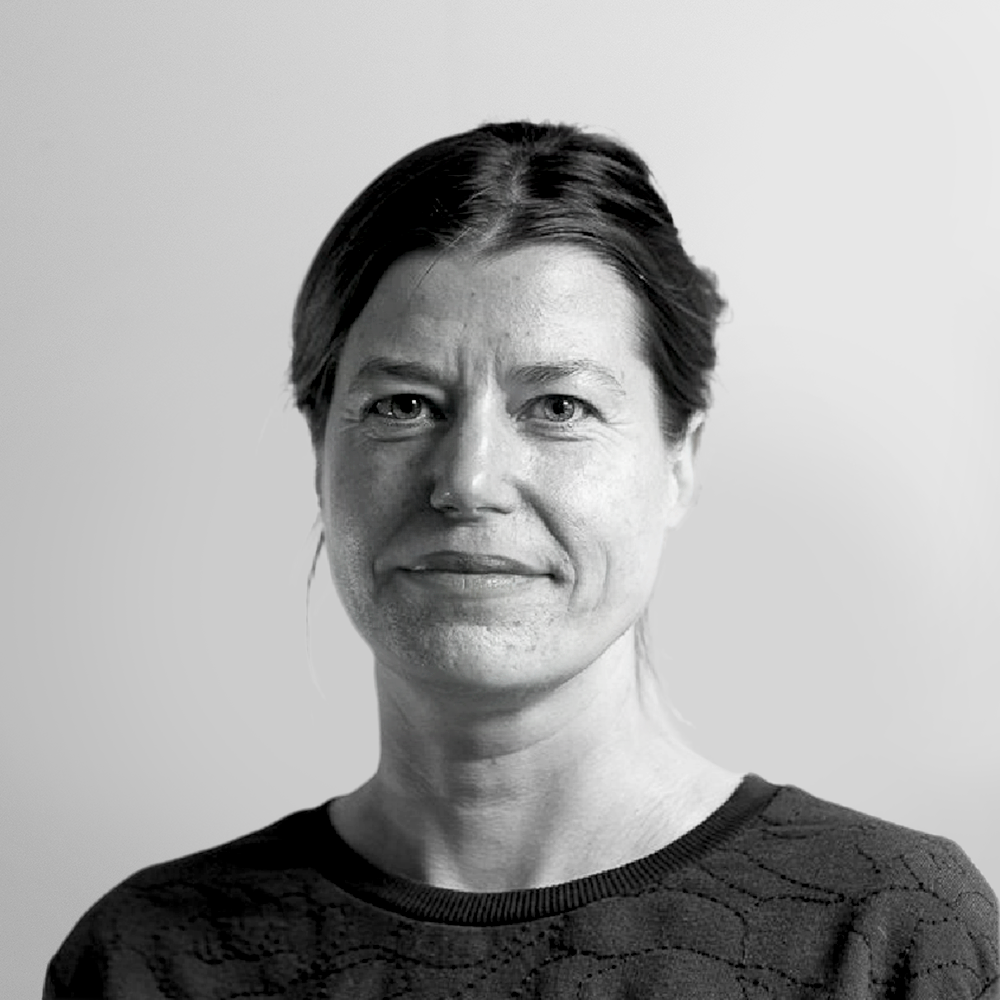The younger, the lonelier
According to the NIVEA CONNECT COMPASS, a survey of 30,000+ people across 13 countries released last week, people aged 16–24 are the loneliest demographic, with 24% feeling isolated, compared to 19% of all adults.
🙅♂️ Post‑demographic pain: Other vulnerable groups? Singles, cash-strapped consumers, rural residents, doom‑scrollers. And yep, young men too.
👯 Support systems: Where real bonds exist, 63% feel happier. Family (67%) and friends (59%) top support lists — yet 31% feel they can’t rely on them.
🤫 Stigma and silence: 56% of lonely people say it’s hard to ask for help, rising to 62% among youth.
⏳ A silent killer: Loneliness slashes life expectancy on par with smoking 15 cigarettes a day, and rivals air pollution, obesity and inactivity. Every hour, 100 people die from loneliness-related causes, the UN health agency reports.
🔁 ICYMI: NIVEA’s first global study, published in September 2024, flagged a 1-in-4 loneliness epidemic, sparking the launch of NIVEA CONNECT — an educational and support system that’s now operating in 30+ countries.
👀 What’s next for brands?
Loneliness has flipped the script: it skews younger, not older. Gen Z, and Millennials too, are juggling competitive wellness, chatbot companionship and long COVID solitude. Hyperconnectivity ≠ human connection.
Your playbook for the connection economy:
📚 Build brave spaces, online and IRL, where youth can show up unfiltered. Think drop-in connection corners that spark micro-moments of belonging. Even better? Make it serendipitous: since reading is proven to ease loneliness and boost the brain, could a book club forge healthy, passion-led connection?
🇩🇪 Partner for proof. Collaborate with mental health orgs, schools and youth leaders. Take a cue from NIVEA Germany’s collab with non-profit krisenchat, offering 24/7 text counselling to guide teens out of isolation.




